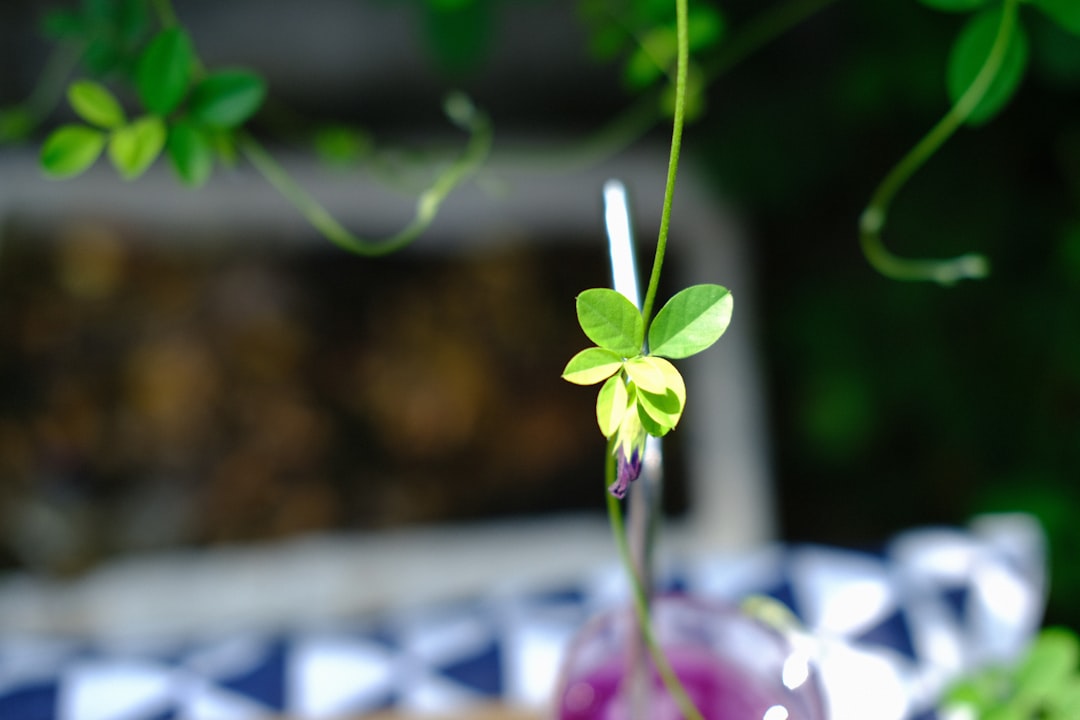The Hidden Dangers of Invasive Plants and Your Yard's Defense

In the world of gardening, the battle against pests and problems is a never - ending one. Among the many challenges that gardeners face, invasive plants stand out as a particularly troublesome issue. An expert's insight into what makes a plant invasive and how to keep these species out of your yard can be a game - changer for any gardening enthusiast.
First, let's understand what exactly makes a plant invasive. Invasive plants are non - native species that have the ability to spread rapidly and outcompete native plants. They often lack natural predators in their new environment, allowing them to grow unchecked. This can lead to a variety of problems, from altering the ecosystem to reducing biodiversity. For example, some invasive plants can choke out native flowers, which in turn affects the pollinators that rely on those flowers for food.
One of the key characteristics of invasive plants is their aggressive growth rate. They can quickly cover large areas, taking up valuable space and resources. Some invasive plants produce a large number of seeds that can be easily spread by wind, water, or animals. Others can reproduce vegetatively, meaning that a small piece of the plant can grow into a new one. This makes them extremely difficult to control once they have established themselves in your yard.
So, how can you identify an invasive plant? It's important to do your research and familiarize yourself with the common invasive species in your area. Local extension offices, botanical gardens, and online resources can provide valuable information. Look for plants that seem to be growing unusually fast or in areas where they don't belong. Some invasive plants have distinct features, such as thorns, unusual leaf shapes, or bright, showy flowers.
Once you've identified an invasive plant in your yard, it's crucial to take action quickly. The first step is to remove the plant as carefully as possible. Make sure to get the entire root system, as even a small piece left behind can regrow. You can use tools like shovels, trowels, or weed pullers. However, be cautious when handling invasive plants, as some can cause skin irritation or allergic reactions.
After removing the invasive plant, it's important to dispose of it properly. Do not compost invasive plants, as the seeds or plant parts may still be viable and could spread the problem. Instead, place the plants in a sealed bag and dispose of them with your regular household waste.
Prevention is always better than cure when it comes to invasive plants. One of the best ways to prevent their introduction is to be careful when choosing plants for your yard. Buy plants from reputable nurseries that follow strict guidelines to ensure that they are not selling invasive species. Avoid collecting plants from the wild, as you may accidentally bring in an invasive plant.
Another preventive measure is to maintain a healthy yard. A well - maintained yard with healthy soil and proper watering can support the growth of native plants, which are better able to compete with invasive species. You can also create barriers, such as mulch or landscape fabric, to prevent invasive plants from spreading.
In addition to these individual efforts, it's also important to be aware of the larger environmental impact of invasive plants. They can have far - reaching consequences for the ecosystem, including affecting water quality, soil stability, and wildlife habitats. By taking steps to keep invasive plants out of your yard, you are not only protecting your own garden but also contributing to the overall health of the environment.
To conclude, understanding what makes a plant invasive and how to keep these species out of your yard is essential for any gardener. By being vigilant, taking prompt action, and following preventive measures, you can enjoy a beautiful and healthy garden while also doing your part to protect the environment. Remember, every small step counts in the fight against invasive plants.